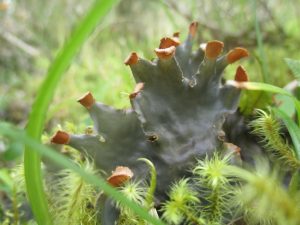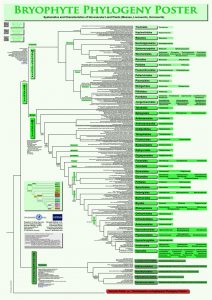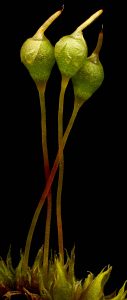 The evo-devo model species Physcomitrella patens has a new name!
The evo-devo model species Physcomitrella patens has a new name!
Medina, R., M. G. Johnson, Y. Liu, N.J. Wickett, A.J. Shaw & B. Goffinet. 2019. Phylogenomic delineation of Physcomitrium (Bryophyta: Funariaceae) based on nuclear targeted exons and their flanking regions rejects the retention of Physcomitrella, Physcomitridium and Aphanorrhegma. Journal of Systematics and Evolution 57: 404–417. pdf
Abstract reads: Selection on spore dispersal mechanisms in mosses is thought to shape the transformation of the sporophyte. The majority of extant mosses develop a sporangium that dehisces through the loss of an operculum, and regulates spore release through the movement of articulate teeth, the peristome, lining the capsule mouth. Such complexity was acquired by the Mesozoic Era, but was lost in some groups during subsequent diversification events, challenging the resolution of the affinities for taxa with reduced architectures. The Funariaceae are a cosmopolitan and diverse lineage of mostly annual mosses, and exhibit variable sporophyte complexities, spanning from long, exerted, operculate capsules with two rings of well‐developed teeth, to capsules immersed among maternal leaves, lacking a differentiated line of dehiscence (i.e., inoperculate) and without peristomes. The family underwent a rapid diversification, and the relationships of taxa with reduced sporophytes remain ambiguous. Here, we infer the relationships of five taxa with highly reduced sporophytes based on 648 nuclear loci (exons complemented by their flanking regions), based on inferences from concatenated data and concordance analysis of single gene trees. Physcomitrellopsis is resolved as nested within one clade of Entosthodon. Physcomitrella s. l., is resolved as a polyphyletic assemblage and, along with its putative relative Aphanorrhegma, nested within Physcomitrium. We propose a new monophyletic delineation of Physcomitrium, which accommodates species of Physcomitrella and Aphanorrhegma. The monophyly of Physcomitrium s. l. is supported by a small plurality of exons, but a majority of trees inferred from exons and their adjacent non‐coding regions.
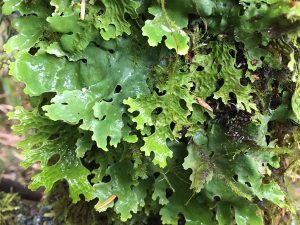
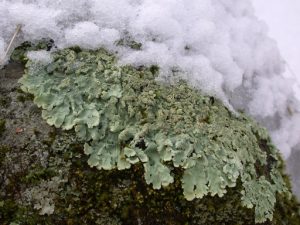

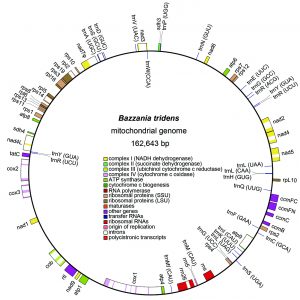
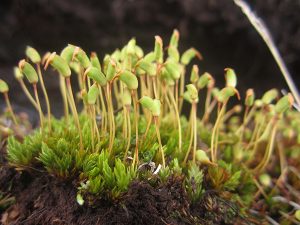
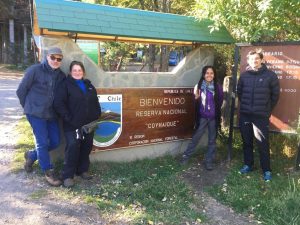 Bernard Goffinet spent a week in the Province of Aysén, surveying the
Bernard Goffinet spent a week in the Province of Aysén, surveying the